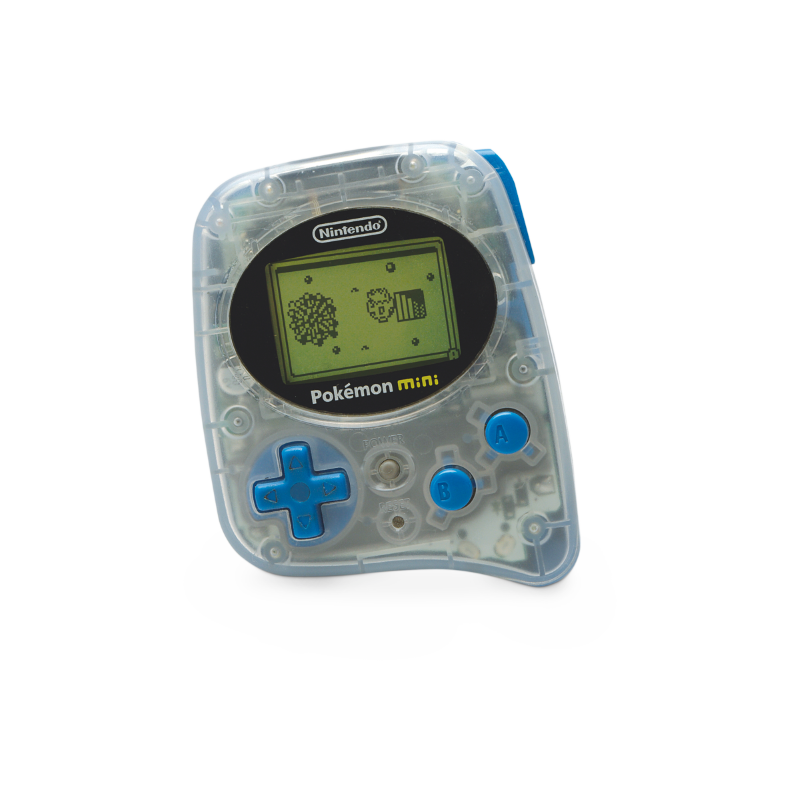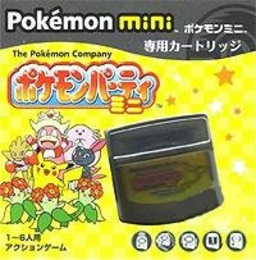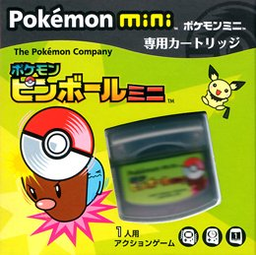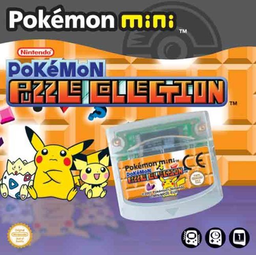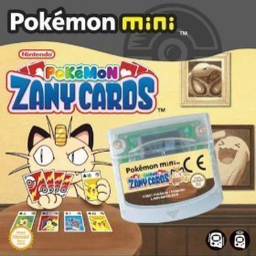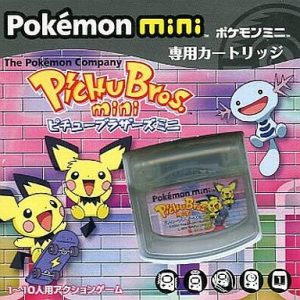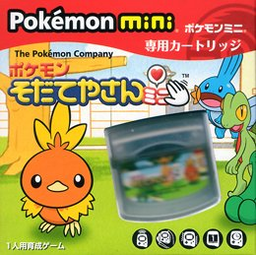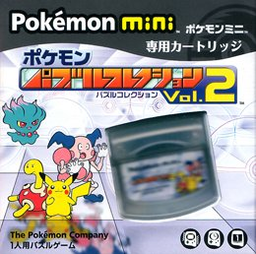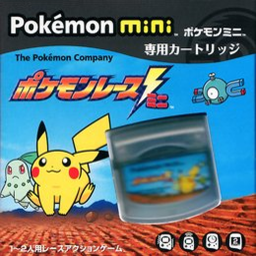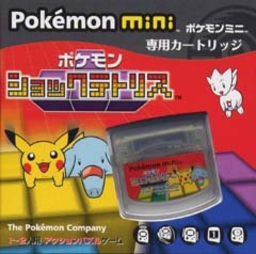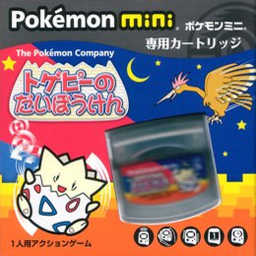|
|
|
History
After the success of the Tamagotchi in 1996-1997, Nintendo decided to jump on the craze and released in 1998 Pokémon Pikachu, a Tamagotchi-like toy. Although the objective was the same (take care of your pet), the way to do it was different than the Bandai Tamagotchi . Instead of feeding, cleaning and giving water, the Pokémon Pikachu would require the use to use the device as a pedometer. Steps taken by the player would convert into in-game currency to buy gifts for your Pokémon. The success was instantaneous and the game was even featured in the Guinness World Records as the most popular exercise toy of its time. Following the success of the first Pokémon Pikachu, Nintendo release the Pokémon Pikachu Color in 1999 that contained additional feature such as a interconnection with Pokémon Gold, Silver, and Crystal.
The success of Pokémon Pikachu prove to Nintendo that there was a place for a miniature handheld in the market and in 2001, they decided to release the Pokémon Mini.
Release
Release for a price of ¥3,990 or in a bundle with Pokémon party mini for ¥4,800, the console was released in world premiere in New York for the opening of the New Y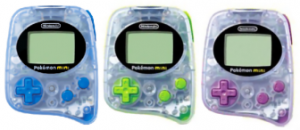 ork Pokémon Center, The console was then released a month later in Japan. The systems were released in three colors: Wooper Blue, Chikorita Green, and Smoochum Purple. The system didn’t prove that successful in the U.S. but was doing fine in Japan. Nintendo decided to open the European market on March 15, 2002.
ork Pokémon Center, The console was then released a month later in Japan. The systems were released in three colors: Wooper Blue, Chikorita Green, and Smoochum Purple. The system didn’t prove that successful in the U.S. but was doing fine in Japan. Nintendo decided to open the European market on March 15, 2002.
Demise
Similar to the North American release, the European release was not very successful and aside the games that were existing at the time of their respective launch, no other games were released for theses regions. Japanese love the small form factor has it was perfect for train commuting and therefore games continued to be produced for the Japanese region for a few months. The last game for the console was released exactly 1 year after being launched in Japan. Its legacy continued in the Gamecube title, Pokémon Channel, which featured small versions of various Pokémon mini games, as well as its own unique game in Snorlax’s Lunchtime.
People have managed to reverse engineered the Pokémon mini with the aid of the aforementioned emulator in Pokémon Channel. This led to the creation of homebrew games, and to allow official games to be played on other platforms such as a PC, Dreamcast and various others.
Technical details
- CPU 8-bit, 4 MHz Seiko (now Epson) S1C88
- 96 x 64 pixel monochrome LCD
- Game Pak (512KiB cartridge)
- Internal BIOS of 4kB
- Internal ram 4kB (shared with video subsystem)
- 21-bit cartridge bus
- 256 hardware register; in most cases Open-Bus registers
- Dimensions: 74mm x 58mm x 23mm (2.91in x 2.28in x 0.91in)[5]
- Weight: 70 grams (2.5 oz) with Game Pak and AAA battery inserted[5]
- Power: 1 AAA battery (lasting circa 60 hours)
Despite the games being on cartridges, the games were saved on the Pokémon mini console. There are only 5 save slots on the game console but you can play any game without saving if all slots are taken.
Games

